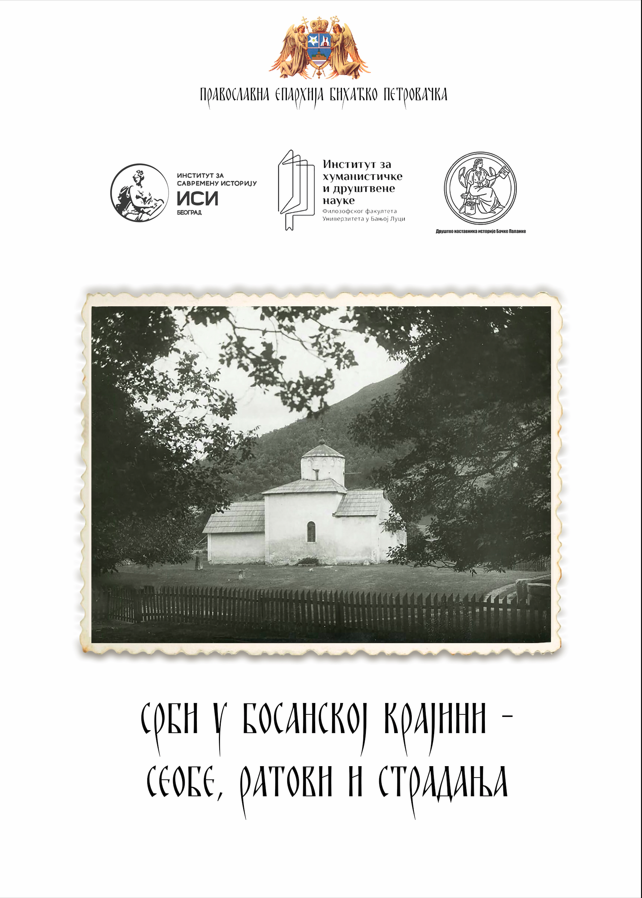THE MIGRATION OF THE POPULATION FROM THE AREA OF JANJ AFTER WORLD WAR II
DOI:
https://doi.org/10.63356/978-99997-40-02-9_015Keywords:
Janj, World War II, migration processes, colonization, displacementAbstract
The area of Janj is an arid limestone area located in the southwestern part of Bosnia and Herzegovina, within the municipality of Sipovo and it belongs to the entity of the Republic of Srpska. It covers an area of 346.9 km2 and it is divided in the middle by the Janj river, which flows into the Pliva river on the right. It is bordered by a natural ring – a dense coniferous forest – from the neighbouring municipalities: Jajce, Donji Vakuf, Kupres and Glamoc. Due to its specific geographical position in relation to the surrounding land, the expression – Janjska dolina (the valley of Janj) – became common. Until 1953, it represented a separate geographical, historical, ethnic and cultural entity. Since that year, it has been a part of a wider administrative entity and makes up 80% of the municipality of Sipovo. The disappearance and displacement of the population from the Janj plateau began in the war years of 1941 and 1942, when enemy military forces, significantly assisted by the Ustashas, killed 25% of the population of Janj. After the suffering, the displacement of the population from the Janj plateau took place immediately after the end of World War II, through the process of colonization. 230 colonist families from Janj participated in this organized migration process, and the depopulation of the population continued through the unorganized - individual resettlements during the 1960s and 1970s, which exceeded the colonization migration wave in terms of volume to a great extent.
Downloads
Published
Issue
Section
License

This work is licensed under a Creative Commons Attribution-NonCommercial 4.0 International License.


